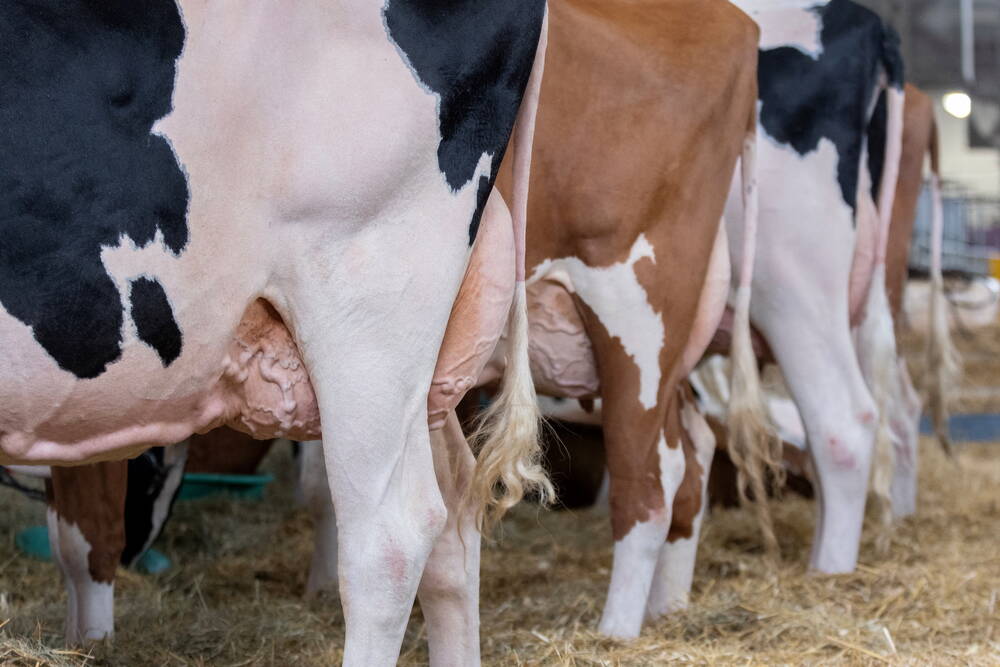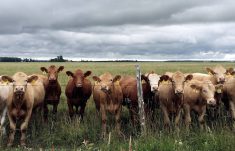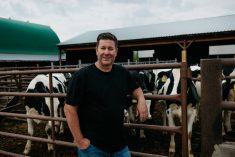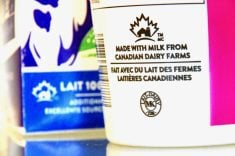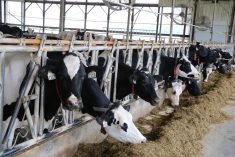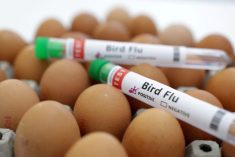A United States-based research team has some new takeaways about the bird flu that has plagued U.S. dairy over the last year, and some further research ideas into why the beef sector hasn’t seen the same problems.
Insights from the study conducted at the St. Jude Children’s Research Hospital in Memphis, Tenn., confirm the vulnerability of dairy cows’ mammary cells to the virus. They also found swine had different risks and — although more research is needed to confirm — the virus might have a much more difficult time becoming a real threat for beef cattle.
It’s been a bad couple of years for North America when it comes to bird flu. Data from the U.S. Department of Agriculture and Canadian Food Inspection Agency said HPAI has cost farmers almost 159 million poultry birds in the U.S. and about 14.5 million poultry in Canada.
Read Also
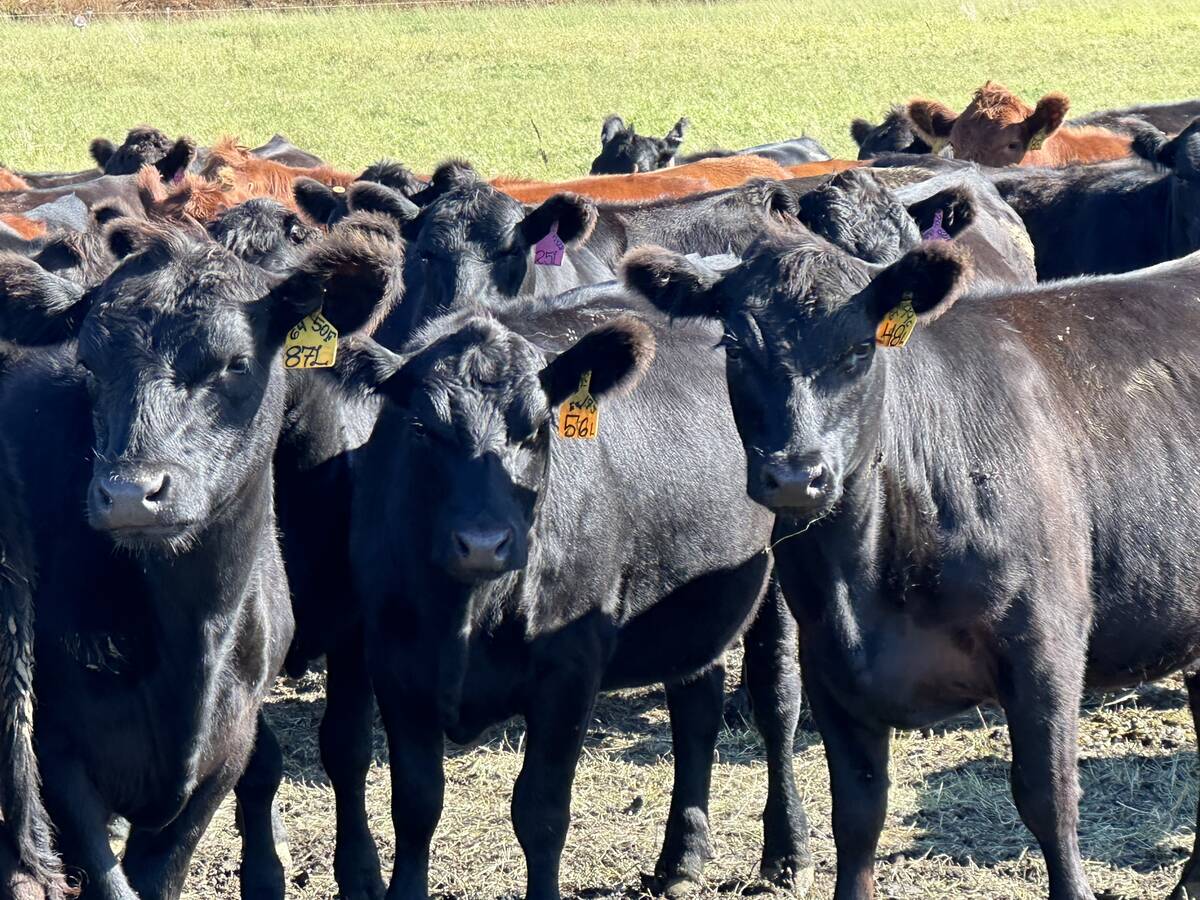
Want to track the cattle industry? Follow the heifers
Beef specialists examine key indicators in Canadian market for growth patterns in cattle markets
Last year, the stakes got higher. An illness impacting dairies in multiple states was confirmed as bird flu. Since then, U.S. officials have found it on 968 farms across 16 states. With the exception of one backyard pig herd in Oregon and an alpaca case in Idaho, all infected livestock mammals have been dairy cattle. Cats have also fallen prey.
Humans also started falling ill, as cases in the U.S. grew to 68 as of Feb. 13, consisting of mostly dairy and poultry farm workers with mild symptoms. One person in Louisiana has died.
In Canada, no dairy cases have been found, although one human case has been. An HPAI infection sent a British Columbia teenager to hospital.
More recently, Nevada found the first case of the D1.1 strain of the virus —previously circulating in poultry and the strain responsible for both the B.C. human infection and Louisiana death — in dairy cattle. Previous cattle cases had been identified as genotype B3.13.
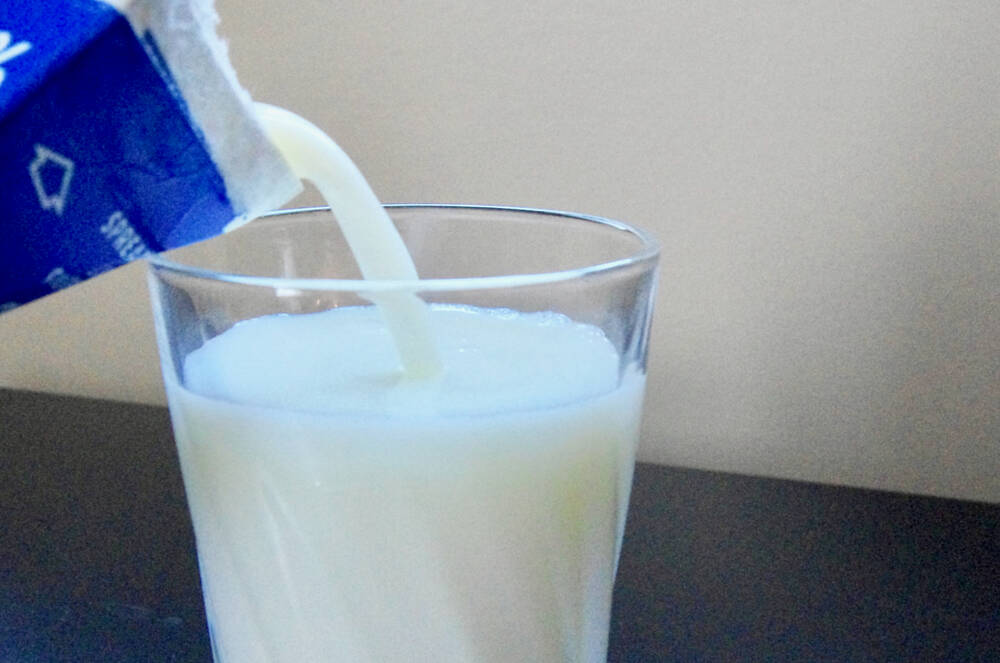
Different animals, different impacts
The specific family of HPAI creating these multi-species issues (clade 2.3.4.4b, which includes both D1.1 and B3.13) has been jumping from species to species around the world since 2020, said Shayan Sharif, a professor with the University of Guelph’s Ontario Veterinary College, in an interview last year.
“Nobody would have actually expected it would infect cattle. Nobody would have anticipated that the virus would be shed in milk. And I think that was really something that caught all of us by surprise,” he said at the time.
The infection of dairy cows by the virus also piqued the curiosity of Stacey Schultz-Cherry, one of the researchers involved with the Tennessee study.
“The study was really to look at, ‘What is this species? What’s the ability of this particular family of viruses? How able are they to infect at least cells from different animals that we’re concerned about?’” she said. The team set an early goal to “think beyond” therespiratory tract, where most influenzas tend to replicate, when teasing out where this flu attacks different animals.
“When you think about influenza virus, you think about getting respiratory disease, whether you have a minor cold or whether you have something more severe like pneumonia, that’s always what we think about in mammals,” she said.
But that hasn’t been the case in dairy, where symptoms have included severe mastitis and milk issues as well as more typical infection in digestive and respiratory tracts.
The new study, which used samples from the B3.13 genotype that has dominated U.S. dairy infections, found the flu does not replicate well in the respiratory cells of dairy cows or other mammals if that mammal caught HPAI from a wild bird (often considered the typical vector for bird flu infection). However, it could replicate well in the mammary tissue of dairy cows regardless of whether the infection was introduced via wild bird or another infected mammal. Likewise, virus sourced from an infected mammal showed more tendency to replicate in the respiratory cells of another mammal.
“Those wild bird viruses that have been isolated from mammals do have different properties,” said Schultz-Cherry. “They do replicate differently in these mammalian respiratory cells … if you take those viruses that now have been isolated from a cat or a cow, they grow really well in them, with some exceptions.”
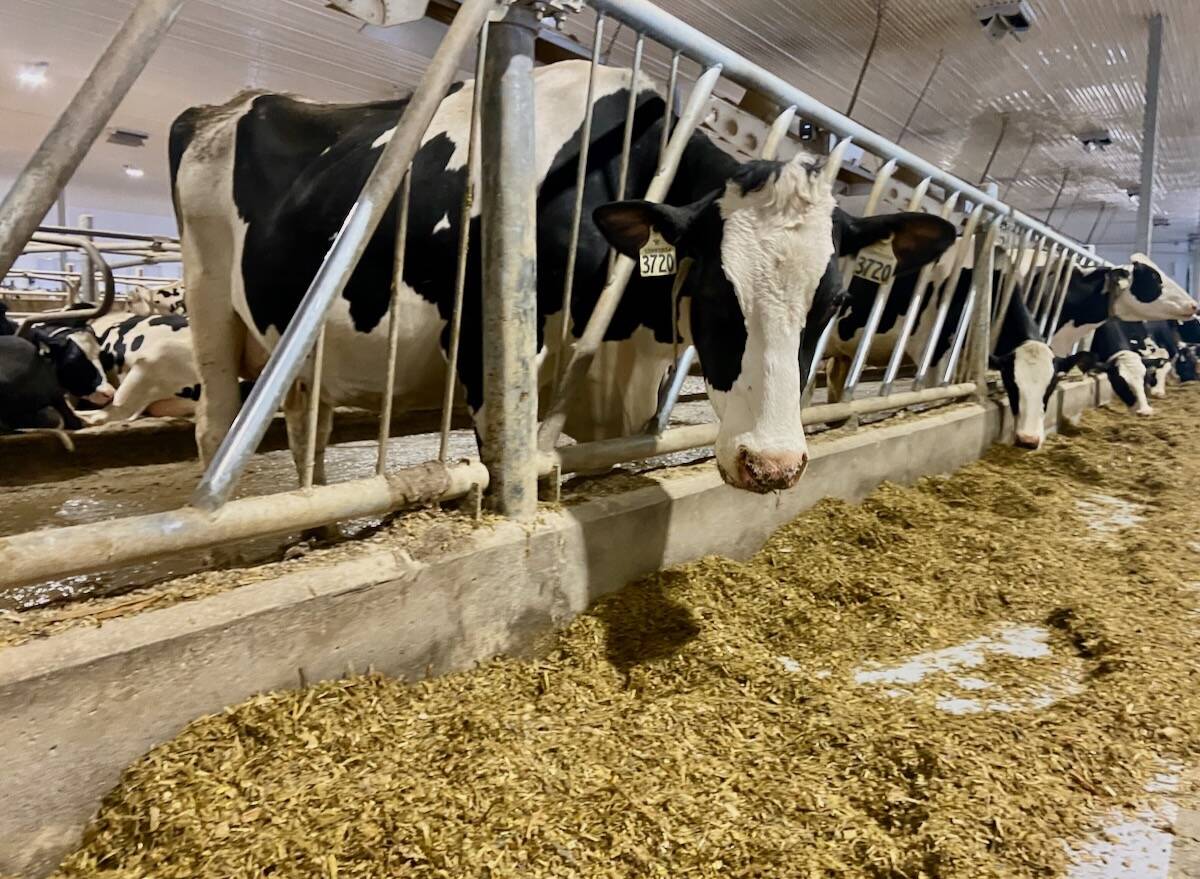
Swine appear to be the exception to the rule, and not in a good way.
The study suggested that, if a pig did become infected, the virus replicated in their respiratory systems regardless of avian or mammalian origin.
“That is always a concern with flu, because we think of pigs as this ‘mixing vessel,’ because they can get infected with human strains of flu and with avian strains of flu,” Schultz-Cherry said. “And that’s where we get concerned about viruses sharing genetic information and new strains coming out that can infect mammals.”
Beef cow cells sought
The idea of the flu replicating in mammary tissue has been somewhat of a head-scratcher for researchers. Influenza viruses in general aren’t known for targeting those cells.
That puzzling behaviour might inspire further research as to why while beef producers waited with dread last year for their sector to fall next, it never happened.
The study compared the susceptibility of pure dairy cattle versus beef-dairy crosses. Cells from the crosses ended up being resilient against the virus.
“So is there something unique about beef cattle and maybe why we’re not seeing infection?” Schultz-Cherry posed.
Her team is now asking beef cattle producers to donate cells from a range of breeds for further comparison. Anyone interested is invited to contact St. Jude Children’s Research Hospital.
“We’d be happy to tell them how to get cells from beef cows,” she said.
“There’s many, many different breeds of cattle. And this would be something that we could look at in the laboratory and [say] ‘Yes, these breeds of cows have the receptors that would support flu.’”
Next steps
The study is available in a pre-print version that has not yet been peer-reviewed, although Schultz-Cherry said the goal is to pursue peer review.
In the meantime, the scientists are taking a closer look at cases where humans contracted HPAI. They’re also expanding their study of mammary tissue vulnerability to include swine and humans and are currently testing the D1.1 HPAI strain.
“And when all those studies are done, we will publish this and it’ll go through a peer review process,” she said.


